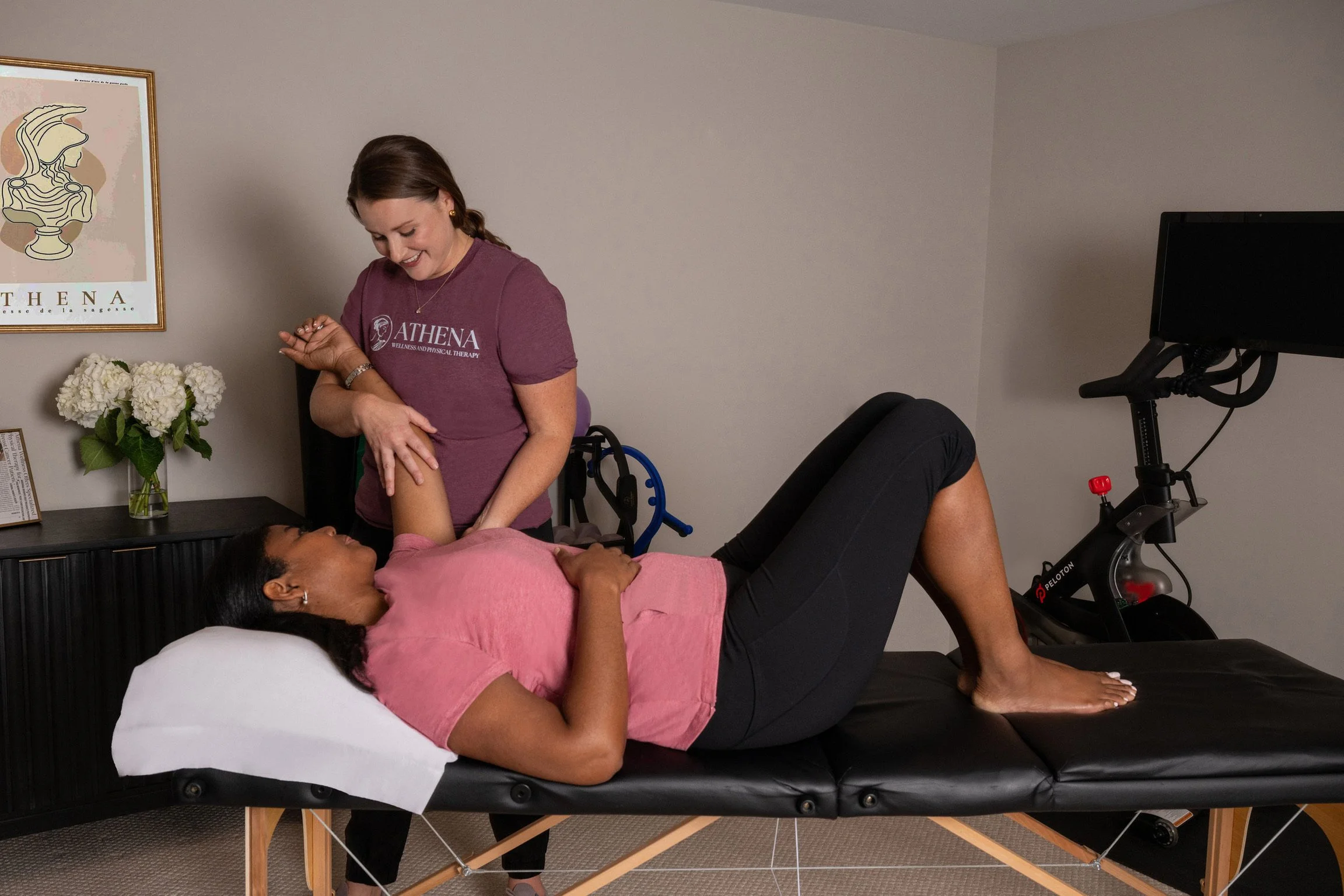What Every Breast Cancer Patient Should Know: Insights from a Physical Therapist
When I first started working with breast cancer patients, I quickly realized something: no one was preparing patients for how to manage their ability to function or what recovery would feel like. The healthcare team discusses surgery, chemotherapy, and radiation—and of course, those are critical conversations. But what rarely gets discussed is your quality of life once treatment begins, and how your body adapts and heals along the way.
That’s where I come in.
Physical therapy has a unique place in the cancer continuum. While other providers focus on treating the cancer itself, PT is where we focus solely on you—your comfort, your function, and your quality of life.
As a physical therapist who walks alongside patients during their journey, there are a few things I wish every single breast cancer patient knew from time of diagnosis:
1. Physical therapy isn’t “extra.” It’s an imperative part of healing.
So many people tell me, “Why did no one tell me this sooner?” or “You mean I don’t have to live with this?” Physical therapy is a crucial part of your care team.
Being active during treatment and into survivorship can decrease the severity of side effects, improve your response to treatment, and support your overall physical and mental health. The truth is, rest will not get your shoulder moving again, it doesn’t stop scar tissue from forming, it doesn’t ease that pulling sensation across your chest, and it won’t rebuild your strength or balance on its own.
Gentle, guided exercises help these things change. You don’t have to just wait it out—you can actively heal.
2. Watch for lymphedema early.
Swelling in the arm or chest after surgery and/or radiation is more common than you may think, even if it is transient. What’s so frustrating is that many patients don’t learn about lymphedema management until it’s already interfering with daily life.
Research tells us that early gentle motion, and a slow, progressive strengthening program can decrease your risk of lymphedema and decrease flare-ups if you have previously been diagnosed.
If you ever notice heaviness, tightness, aching that feels different from normal exercise soreness, or clothes and jewelry fitting tighter, speak up. Early treatment makes all the difference, and the sooner we start, the less cumbersome management will be.
3. Scars tell a story—but they shouldn’t hold you back.
Often mobility limitations and swelling are directly related to scar tissue from surgery or radiation. As the scars form, it can cause fascial restrictions which may block lymphatic flow, restrict your ability to reach away from your body, or make taking a deep breath challenging. Many patients often say, “I feel like there is an invisible band around my chest” or “I feel like I constantly have a bra on that I can’t take off.”
Frequent, gentle stretching is a game changer. Techniques like scar mobilization, cupping, and soft tissue work can decreased the restricted feeling and allow you to move with less discomfort.
4. Fatigue is not just being tired.
Cancer fatigue is its own beast. Patients often repeat the same statement, “I can’t shake this exhaustion.”
The surprising truth? Movement helps. Small, safe, and steady exercise supports energy instead of draining it. Every day may be different but learning how to pace yourself is key.
Think of your day like a workout: plan your activities and build in intentional rest breaks where you can really go and rest. Doing everything at once and then “crashing” leads to the fatigue that you can’t just shake. By balancing activity and rest, you can keep more consistent energy levels which allows you to be more present.
5. This doesn’t have to be your “new normal.”
Too many patients assume that pain, stiffness, weakness, or decreased endurance are the cost of living. They’re not. You deserve to reach overhead without difficulty, sleep comfortably, and participate in what brings you joy – whether that’s lifting your children or grandkids, walking with friends, playing a pickleball, hiking, or swimming.
Creating a specific rehabilitation program with a physical therapist that understands what you have been through can help you create your own sense of “new normal” that is not dictated by cancer. The opportunities are endless.
6. Healing is physical and emotional.
A cancer diagnosis is a trauma – both physically and mentally. Sometimes the simple act of moving again, breathing deeply, or walking without pain becomes an emotional release. Healing is not just about muscles and joints—it’s about calming your nervous system, reclaiming your sense of self, and finding confidence in your body again.
From My Heart to Yours
If you’re on this journey or maybe just finished, please know this: you don’t have to do it alone, and you don’t have to “just deal with it.” There’s support, there’s guidance, and there are people (like me!) whose passion is helping you feel strong, mobile, and whole again.
It’s never too early—or too late—to ask for help. You deserve more than survival – you deserve to thrive.
SEE ALSO: As a Physical Therapist, I'm Redefining "Normal" for Women's Health



